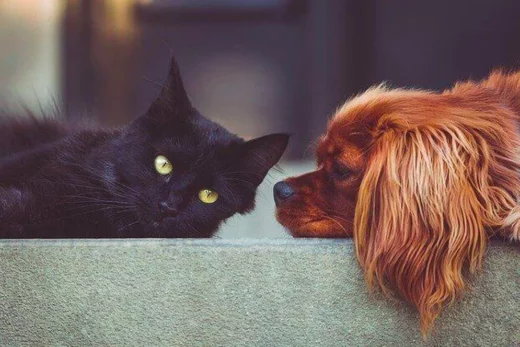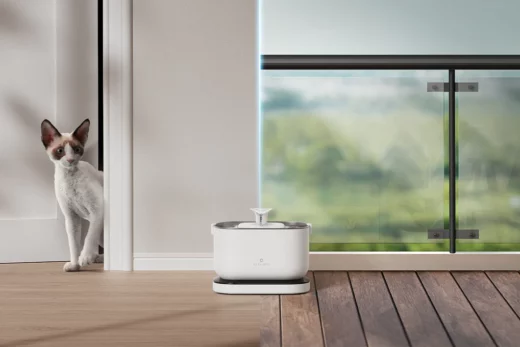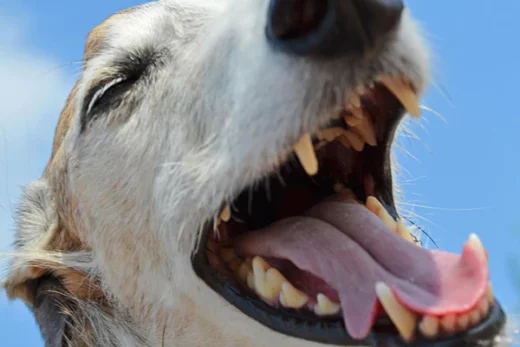Contrary to your intuition, a hyperactive dog may not actually be a happy dog. When your pet is regularly jumping, spinning, and yipping, you might be inclined to take these all as signs he or she is just excitable and playful. But the danger in over excitement for dogs is that excess energy isn’t a pleasant experience for them. The only way they know how to cope with the excess energy is too plain and simply let it out, therefore showing you all their excitement and energy.
The truth is, an excited dog isn’t happy. A calm dog is. So how should you handle this?
TABLE OF CONTENTS
1. Don’t Encourage It
2. Do Encourage Calm Behavior
3. Work Them Out
4. Calm Yourself
Don’t Encourage It
It’s easy to interpret all these displays as excitement and most humans can easily encourage that behavior unknowingly because well, we think it’s cute when our dog seems happy. Giving affection or attention to an excited dog only encourages such behavior by communicating that you actually like this behavior.
Not reacting to your dog at all is actually the best way to navigate the situation, avoiding talking, looking at, or even acknowledging your dog — effectively giving it the silent treatment as a message that excitable behavior won’t earn a reaction.
Do Encourage Calm Behavior
Obviously, this is exactly the opposite of the first step. The best time to give your dog affection and approval is when they’ve settled into a calm and submissive state, communicating that this is the kind of behavior that will earn them the attention they love. The combination of ignoring excitability and rewarding calmness will instill a natural shift toward calmer states.
Work Them Out
This one should seem obvious. If your dog is being hyper — just like with hyperactive children — sometimes the most effective remedy is to wear them out altogether. This is the entire basis of what every dog owner is expected to provide in the first place: a daily walk.
According to Cesar Milan, the ritual of a walk is more than just a flush of excess energy though. It is another necessary training and socializing tool, as it mimics the movements of a pack out looking for food and shelter. Returning home, where both the food and shelter are, become subconscious rewards, satisfying your dog’s primal instincts and keeping them focused while also using up their energy all by the time you’ve let them back in the house. Naturally, the dog again starts to associate a reward with calm, as they’ve come home drained of their energy. This is also why simply letting your dog out into the yard to run around and relieve themselves does little for their hyperactivity.





